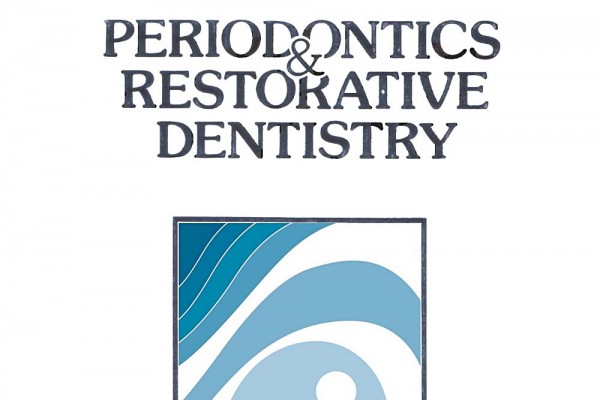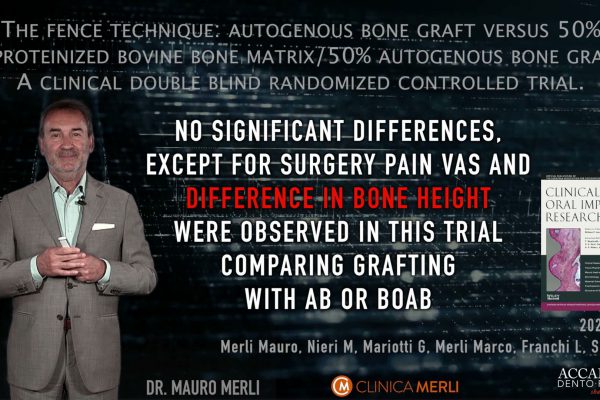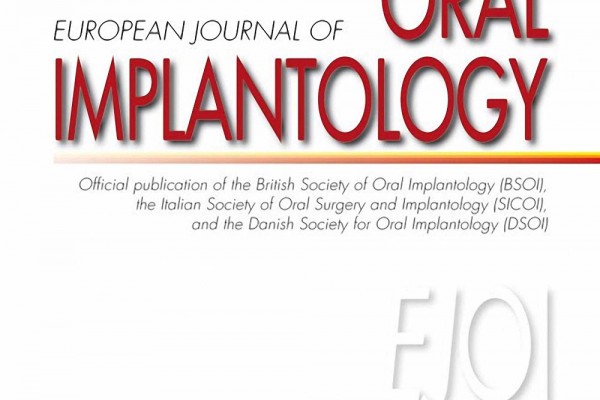Vertical ridge augmentation with autogenous bone grafts: resorbable barriers supported by ostheosynthesis plates versus titanium-reinforced barriers. A preliminary report of a blinded, randomized controlled clinical trial.
Source
School of Dentistry, University of Manchester, United Kingdom; Associated Professor, Department of Biomaterials, The Sahlgrenska Academy at Göteborg University, Sweden.
Abstract
PURPOSE:
To compare the efficacy and complications of 2 different techniques for vertical bone augmentation at implant placement: particulated autogenous bone grafts covered either by resorbable collagen barriers supported by osteosynthesis plates (test) or by nonresorbable titanium-reinforced e-polytetrafluoroethylene (e-PTFE) barrier (control).
MATERIALS AND METHODS:
Twenty-two partially edentulous patients requiring vertical bone augmentation were randomly allocated to 2 treatment groups of 11 patients each. Early implant failures, the amount of vertically regenerated bone measured intrasurgically, and biologic complications were recorded by an independent assessor blinded to the group allocation. The implant site requiring the most vertical bone regeneration was selected in each patient for the bone gain assessment. Patients were followed from implant insertion with simultaneous augmentation procedure to insertion of the provisional restoration. Paired and independent t tests and Fisher exact tests were conducted to compare means and proportions at the .05 level of significance.
RESULTS:
No patient dropped out or was excluded. Both procedures obtained significant bone gain and achieved the desired results, 2.2 mm (SD 1.5; P < .001) on average for resorbable barriers and 2.5 mm (SD 1.1) for nonresorbable barriers (P < .001). There was no statistically significant difference in bone gain between the 2 procedures (P = .58). Complications occurred in 40% of the patients. There was no difference in occurrence of complications between the procedures (P > .99). Three major complications occurred, 2 in the resorbable group and 1 in the nonresorbable group, which determined the complete failure of the augmentation procedure.
CONCLUSIONS:
Both techniques were effective in augmenting bone; however, both were associated with complications. Clinicians and patients must carefully weigh risks and benefits when considering the use of vertical guided bone regeneration.
- PMID: 17622003 [PubMed – indexed for MEDLINE]




